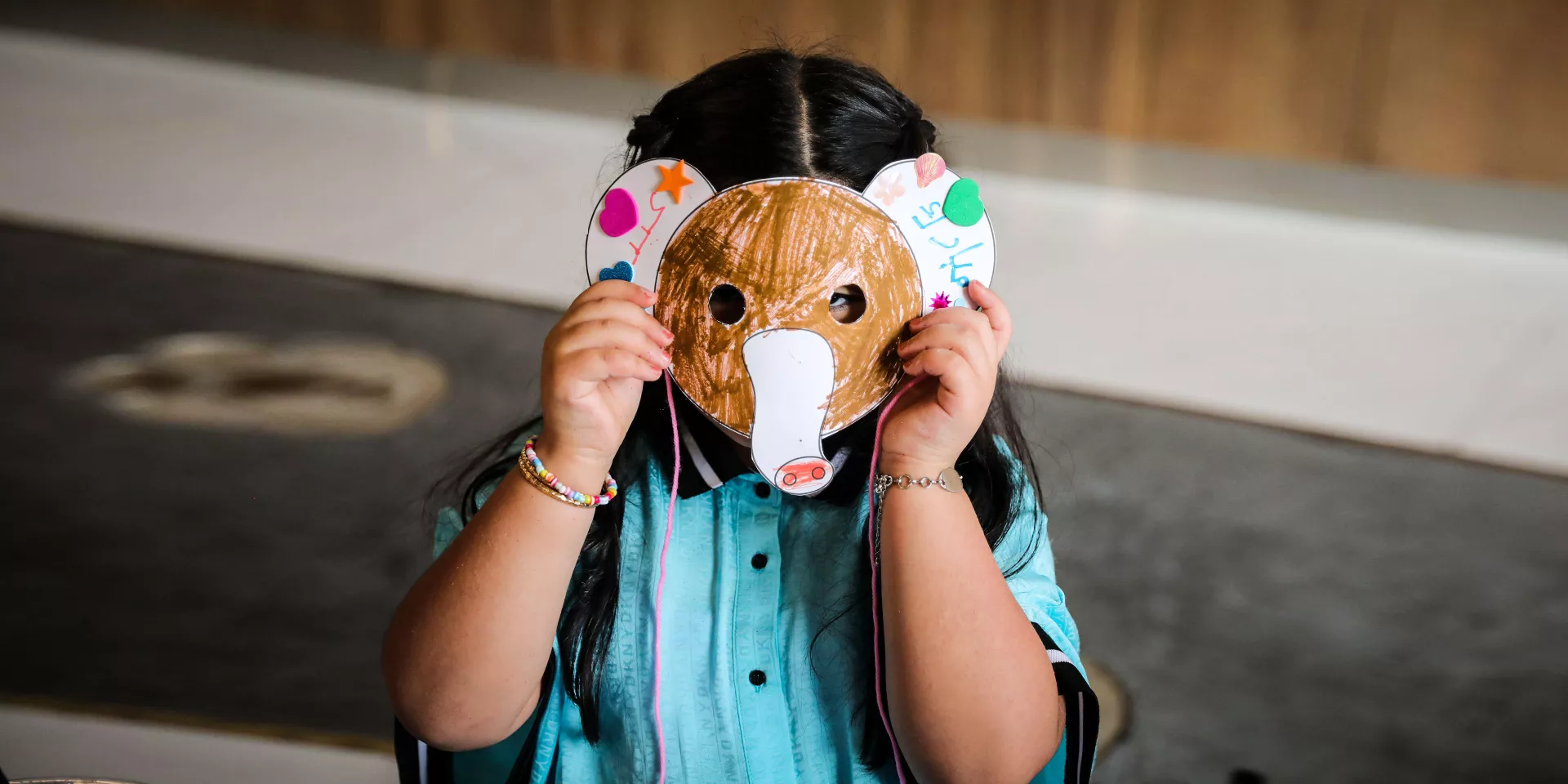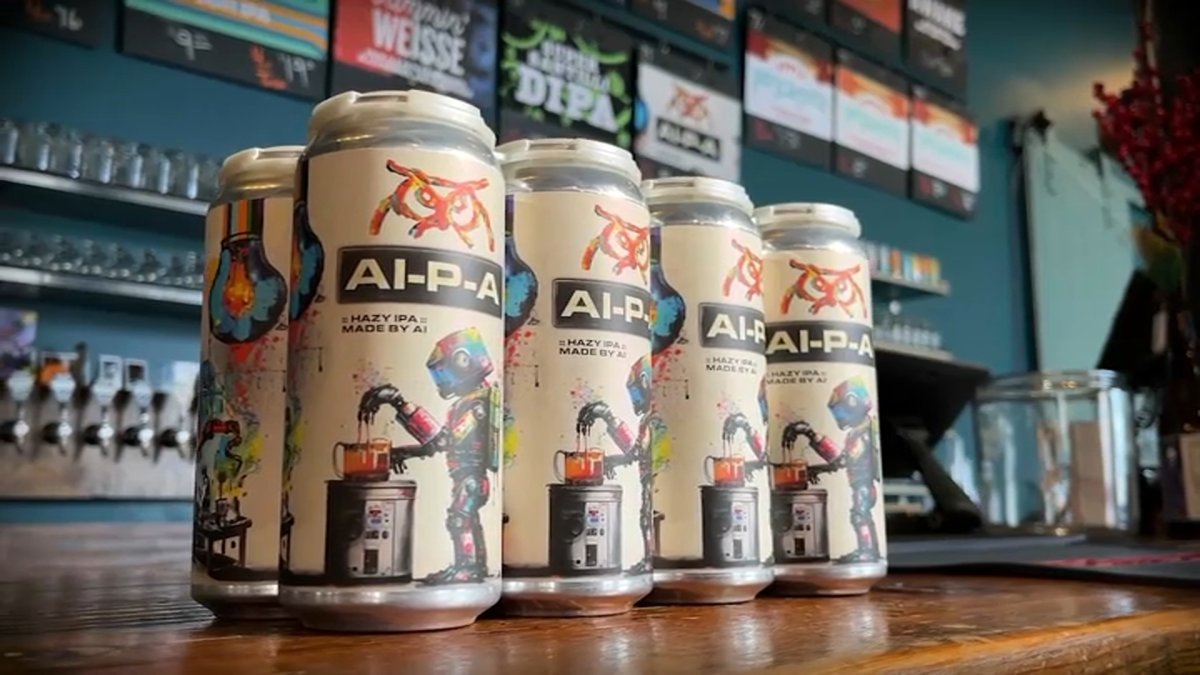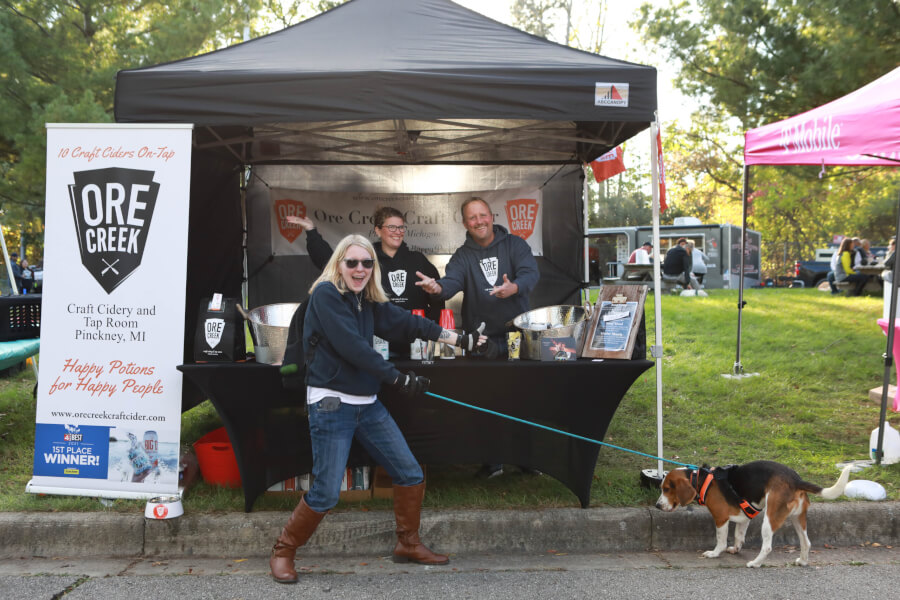Crocodiles made from egg boxes, masks from paper plates, and paper-chain bunting: if you’re an EYFS teacher, you’ll have facilitated the creation of many works of art like these, and will have sent them home with your pupils to delight their parents.
But what, exactly, is the point of such projects? Is delighting parents the only goal?
Arts and crafts have always been an essential part of every EYFS classroom, but I think there’s a fundamental flaw in our approach. Too often, we focus on the end product, rather than the process of creating.
Of course, our curriculum needs to be creative, but I’d suggest we can afford to do things a little differently. Personally, I think a two-step approach works best for encouraging creativity through art.
Step one: exploration
Give children the space and time to truly explore with a wealth of different materials like sand, water, cornflour “gloop”, paint, salt trays and playdough. This will involve them in process-oriented, not product-orientated, play.
For us, it might feel strange to not have a recognisable picture afterwards, but this is perfectly reasonable to the child. It’s ok if they spend ages repeatedly snipping paper with scissors, or pouring water into sand: they’re developing skills and working out how things behave without concern for an end product.
In order to become a master of their trade, children need opportunities to build these skills. It is an important and valid stage of development, which allows them to find out about the way materials work.
Step two: creation
The next step is allowing children to apply the skills they have learned through exploration to create something independently, letting them choose how they want to make it. At this stage, children will have their own ideas about how to do this and a lot of trial and error will occur.
To make this work in practice, the EYFS environment needs different areas adorned with tools to build, make and do. Children need to be exposed to a range of materials and encouraged to use them creatively. For example, try setting up a shower curtain as a giant canvas, and filling baskets with fabric, paper and squeezy bottles of paint.
Children tend to enjoy standing while they create, so a bar-type set-up with resources underneath can also be effective, as can a broom handle erected horizontally with string, ribbon, or wool tied around it, for children to use in their creations.
As well as having the room set up in the right way, teachers will need to observe and support children’s efforts to represent people, places and things – and actively encourage them to do so. Children will not always have the skills necessary to make their plans a reality and this can be frustrating; it’s important to help them succeed.
To do this, try “backward chaining”: this is when the adult starts the sequence, but the child finishes the process. For more support on this, I’d point towards the Reggio Emilia approach, or Anna Craft’s research on Creativity and Possibility In The Early Years
Teaching children the skills they need to create should be an ongoing process. It’s helpful to encourage them to see everyday materials as multi-use: tissues, for example, make wonderful blankets for tiny matchbox beds and cellophane can be perfect for creating fairy wings.
The EYFS framework also outlines the importance of giving children the opportunity to engage with the arts through a variety of quality experiences, so it’s useful to expose children to a range of stimuli they can respond creatively to.
If a child is interested in representing flowers, for instance, you could show them an image of Van Gogh’s Sunflowers. Watching an extract from the ballet Swan Lake, meanwhile, might help children to think about shape and form. Look out for opportunities in your local area to build on cultural capital and support your creative curriculum, too.
This approach requires trust in children and a commitment to their creative processes. It might be tempting to fall back into the pattern of demanding that every child “come and make one”, so that they all have something to take home.
But when everyone is not being encouraged to make the same thing, in the same way, children will surprise and delight you with what they are truly capable of.




